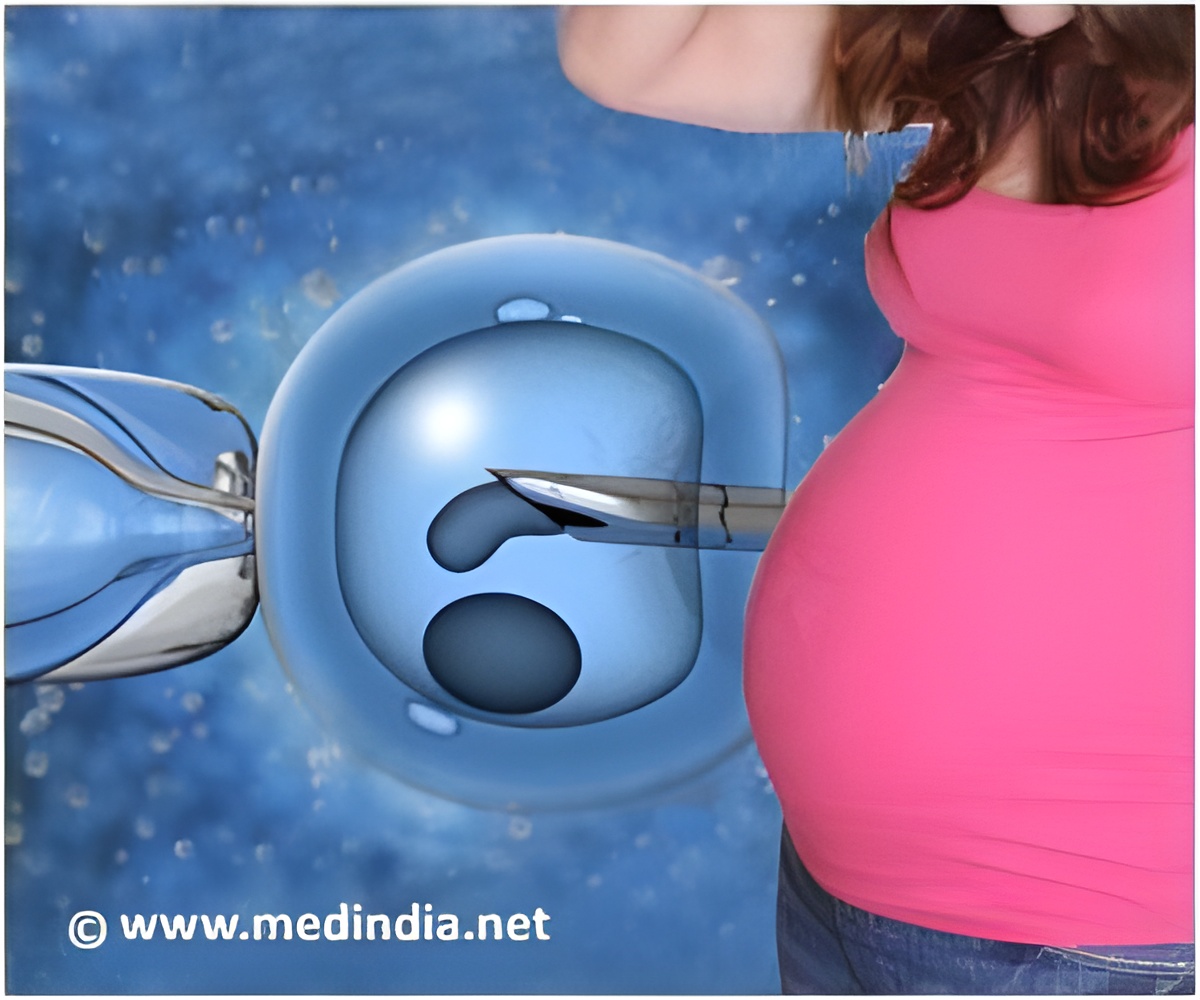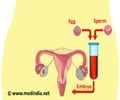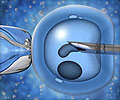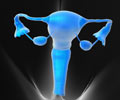Mayo Clinic has revealed the use of a new method in the complex field of in vitro fertilization.

Millions of women in the United States have difficulty becoming pregnant or staying pregnant. Many seek medical help. One of the most common procedures is IVF, in which mature eggs are retrieved from a woman’s ovaries and fertilized by sperm in a lab. Embryos are then transferred into the uterus. IVF is highly effective, but typically requires periodic handling of embryos for observation outside of the incubator.
"With current technology, IVF is successful for many patients; however, we believe it can be improved even further," said Dean Morbeck, Ph.D., embryologist and director of Mayo Clinic’s In Vitro Fertilization Laboratory. "The time-lapse incubator allows us to culture embryos in a very controlled environment with minimal disturbance, bringing us one step closer to what occurs naturally. We anticipate that patients who have embryos that struggle to develop in traditional incubators will benefit the most from this technology."
The time-lapse incubator incorporates a microscope, camera and computer that provide continuous images of embryos during in vitro culture. The photos provide a detailed record of how and when each cell in an embryo divides. The new technology helps fertility specialists better monitor embryo development to select the healthiest-looking embryos for implantation. Embryos not transferred that develop to the blastocyst stage, the stage at which embryos are implanted into the uterus, are frozen for later use.
Besides providing a safe, closed system for embryos to develop, the technology allows parents to view a video with a series of images from shortly after conception through the first few days of embryo development.
Mayo Clinic this month marked the births of twins, a boy and a girl, from IVF using the time-lapse incubator. It is one of a handful of hospitals in the United States that have the technology.
 MEDINDIA
MEDINDIA



 Email
Email








